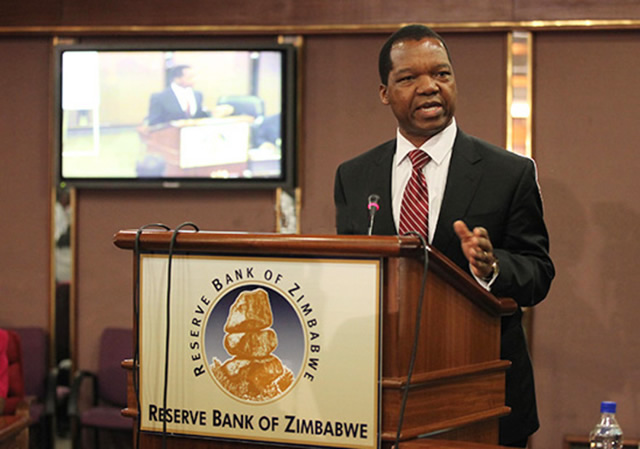Understanding food sovereignty
Correspondent
In July 2012 the FAO identified specialised, highly experienced and internationally recognised professionals to develop a document with information and analysis that would allow for a better understanding of the scope and potential impact of the concept of food sovereignty on public policy. The following are extracts from a discussion paper on the issue of food sovereignty.
First it must be acknowledged that:
“Food security exists when all people, at all times, have physical and economic access to sufficient, safe and nutritious food to meet their dietary needs and food preferences in order to lead a healthy and active life.”
This definition gives greater emphasis to the multidimensional nature of food security and includes: “the availability of food, access to food, biological utilisation of food, and stability [of the other three dimensions over time].” (FAO, 2006)
The issue of food sovereignty is a new idea. Food sovereignty, in contrast to food security, which focuses mainly on food availability, also encompasses the importance of modes of food production and where foods come from. It highlights the relationship between the importation of cheap food and the weakening of local agricultural production and populations.
According to The Six Pillars of Food Sovereignty, developed at Nyéléni, 2007 (Food Secure Canada, 2012), food sovereignty:
1. Focuses on food for the people by: a) placing people’s need for food at the centre of policies; and b) insisting that food is more than just a commodity.
2. Values food providers by: a) supporting sustainable livelihoods; and b) respecting the work of all food providers.
3. Localises food systems by: a) reducing the distance between suppliers and consumers; b) rejecting dumping and inappropriate food aid; and c) resisting dependence on remote and unaccountable corporations.
4. Places control at a local level by: a) placing control in the hands of local food suppliers; b) recognising the need to inhabit and share territories; and c) rejecting the privatisation of natural resources.
5. Promotes knowledge and skills by: a) building on traditional knowledge; b) using research to support and pass on this knowledge to future generations; and c) rejecting technologies that undermine local food systems.
6. Works with nature by: a) maximizing the contributions of ecosystems; b) improving resilience; and c) rejecting energy intensive, mono-cultural, industrialised and destructive production methods.
Both food security and food sovereignty emphasise the need to increase food production and productivity to meet future demand.
Both concepts stress that the central problem today is access to food, and thus involves redistributive public policies in terms of income and employment.
They also consider the necessary link between food and nutrition. Both concepts also entail proposals for social protection in facing temporary crises, or the creation of conditioned cash transfer programs as part of larger poverty eradication programs.
The concept of food sovereignty is not antagonistic or conflictive to the concept of food security.
Of the two characteristics of food sovereignty, one goes beyond the concept of food security and falls within the field of the very definition – inalienable – of a modern state, which includes its sovereignty in general and specifically in defining its own food policies.
The other major concept of food sovereignty, regarding the ways in which food is produced and the prioritising of small farming, falls short of the concept of food security and within the realm of specific public policies.
There are two main differences. First, the concept of food security – adopted by FAO member states – is neutral in terms of the power relationships involved.
It does not prejudge the concentration of economic power in the various links of the food chain and in international food trade, or the ownership of key means of production such as land or access to information.
On the other hand, the concept of food sovereignty starts precisely by noting the asymmetry of power in the various markets involved and the various areas of power, such as in multilateral trade negotiations.
It thus appeals to the stabilising role that a democratic state can play if it considers food to be more than a mere commodity.
Essentially, in the current context of high volatility and potential deficiencies in the food supply, this concept can be clearly incorporated into strategies of defensive protectionism, such as those that have recently been employed in several European countries, including Russia and the Ukraine, as well as Asian nations like Vietnam or India.
The second substantial difference has to do with how food is produced. FAO has been a pioneer regarding issues of good agricultural practices (GAP), sustainable management of natural resources, precautionary principles in relation to GMOs, and green agriculture, amongst others; however, it cannot adopt a single or emphatic position regarding the different modes of food production precisely because of its nature as intergovernmental and multilateral organisations.
I think we have to answer these questions for ourselves in Zimbabwe. The continuing high imports of food are certainly not complimentary to any policy which seeks to achieve food sovereignty.
We also need to diversify away from only grain production. Command agriculture managed well can only enhance both our food security and sovereignty and have a direct impact on the pricing and therefore availability of food.
However, it must be done properly with transparency and accountability so that we do not claim to be achieving food security but at a high cost of production. This would defeat the whole idea of food security and sovereignty.
Article first appeared on FOA website.








Comments